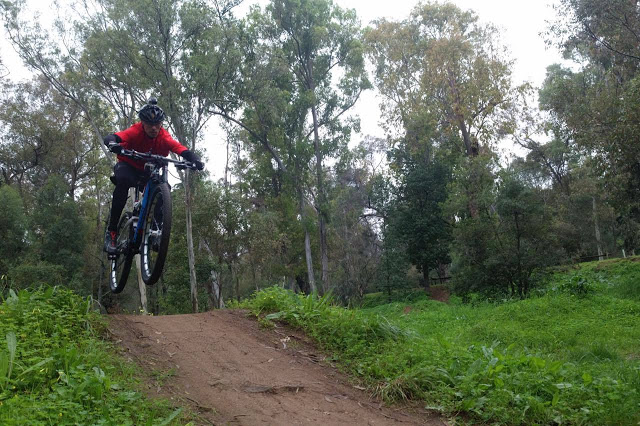

| Online: | |
| Visits: | |
| Stories: |

| Story Views | |
| Now: | |
| Last Hour: | |
| Last 24 Hours: | |
| Total: | |
Breakthrough Transfer Speeds — SanDisk Extreme PRO microSD UHS-II Card
Joao Carlos Daily Dose
This end of year and beginning of new year has been crazy for all the good reasons. We have been very busy at the studio and busy is awesome! This is my first blog post of 2016; I am way behind on blogging and I have a ton of projects that I must and will blog about soon, I promise.
I couldn’t let another day go by without posting my latest project for the amazing team at SanDisk. Many of you reading this may be aware that I am a very proud member of the SanDisk Extreme Team. And as member of the Sandisk Extreme Team I get the opportunity to test and work with ground breaking technology before it is launched to market — this has always been very challenging but very exciting at the same time.
About a month ago the marketing team at SanDisk called me up and said: “We just created the world’s fastest microSD card and we need you to create some cool content for us”. I had just finished filming and shooting another project for them (model with red dress and horse on the beach; it’s been all over my Instagram and Facebook) which launched early January at CES in Vegas. There’s a post about that also in the works.
Every time I shoot a new project for SanDisk there are always a number of guidelines; I mean there is always specific product messaging that must conveyed in the film and stills we are creating. So usually we can only shoot with certain devices — like phones or action cameras or drones. This film was no different.
The mobile device used is the LG V10 — this is a pretty bad ass phone: it shoots 4K UHD video and I was very impressed with it. I also added the Beta Version of the awesome Filmic Pro app which gave full cinema control to my phone.

I lost a GoPro in the ocean… my bad, I didn’t use the proper surf board mount and watched the camera fall into the ocean to never be seen again. So learn from my mistakes: use the proper gear for the job at hand and if you’re shooting multiple locations, no matter how fast your transitions have to be from one spot to the next, don’t forget to always back up the footage after your sequence and especially if you’re going to have your cameras in water or in complicated unsafe places.




The last camera used on this shoot was Dxo ONE — both to shoot video and stills. Unfortunately it doesn’t shoot 4K video, but I was able to get some cool shots like the ones below:


The card is sold in 64GB and 128GB capacities. SanDisk says it delivers transfer speeds of up to 275MB/s. It features Class 10 and UHS Speed Class 3. The card also includes a USB 3.0 card reader for offloading files to a PC. They are also backwards-compatible with UHS-I host devices.The company says the high speed makes this card a good choice for capturing Full HD and 4K Ultra HD video with cameras, drones and smartphones.
The 64GB card will cost $179.99 and the 128GB card will have an MSRP of $299.99. The cards will arrive in stores in the second quarter of 2016.
Dinesh Bahal, vice president, product marketing, SanDisk, said in the announcement, “We designed this card specifically to address consumers’ needs for a faster solution when transferring massive files – and now, with nearly 3x the speed of our fastest microSD UHS-I card, this new offering dramatically reduces time spent transferring content.”
And of course, I couldn’t end this post without posting some selfies with the team and models:

- João Carlos
Camera:
- Pedro Davim
- João Ges
- João Carlos
- HobbyFactor.net
Assistants:
- Diogo Pinto
- Paulo Goulart
Editing:
- Rita Karayianni
- João Carlos
- Pedro Davim
- Carlos Custódio
BTT:
- Pedro Tomás
Basketball Coach:
- Hélder Silva
Rio Maior Basket:
- Diogo Antunes
- Afonso Barreto
Swimming & Triathlon Coach:
- Nuno Ricardo
Volleyball:
- Rita Freitas
- Maria Falcato
- Beatriz Marques
- Jéssica Loureiro
- Tomé
Kayaking:
- Norberto Mourão
Boxer:
- Bruno Brito
Skater:
- João Gameiro
Clube Natação Rio Maior:
- Cátia Agostinho
- Mafalda Rosa
- Beatriz Carvalho
- Beatriz Rodrigues
- Beatriz Leal
Triathletes:
- José Felício
- Bernardo Portela
- Guilherme Pires
- Samuel Agostinho
Special thanks to:
- Desmor.pt
- O2FitnessCenter
Source: http://joaocarlosphoto.blogspot.com/2016/02/breakthrough-transfer-speeds-sandisk.html






